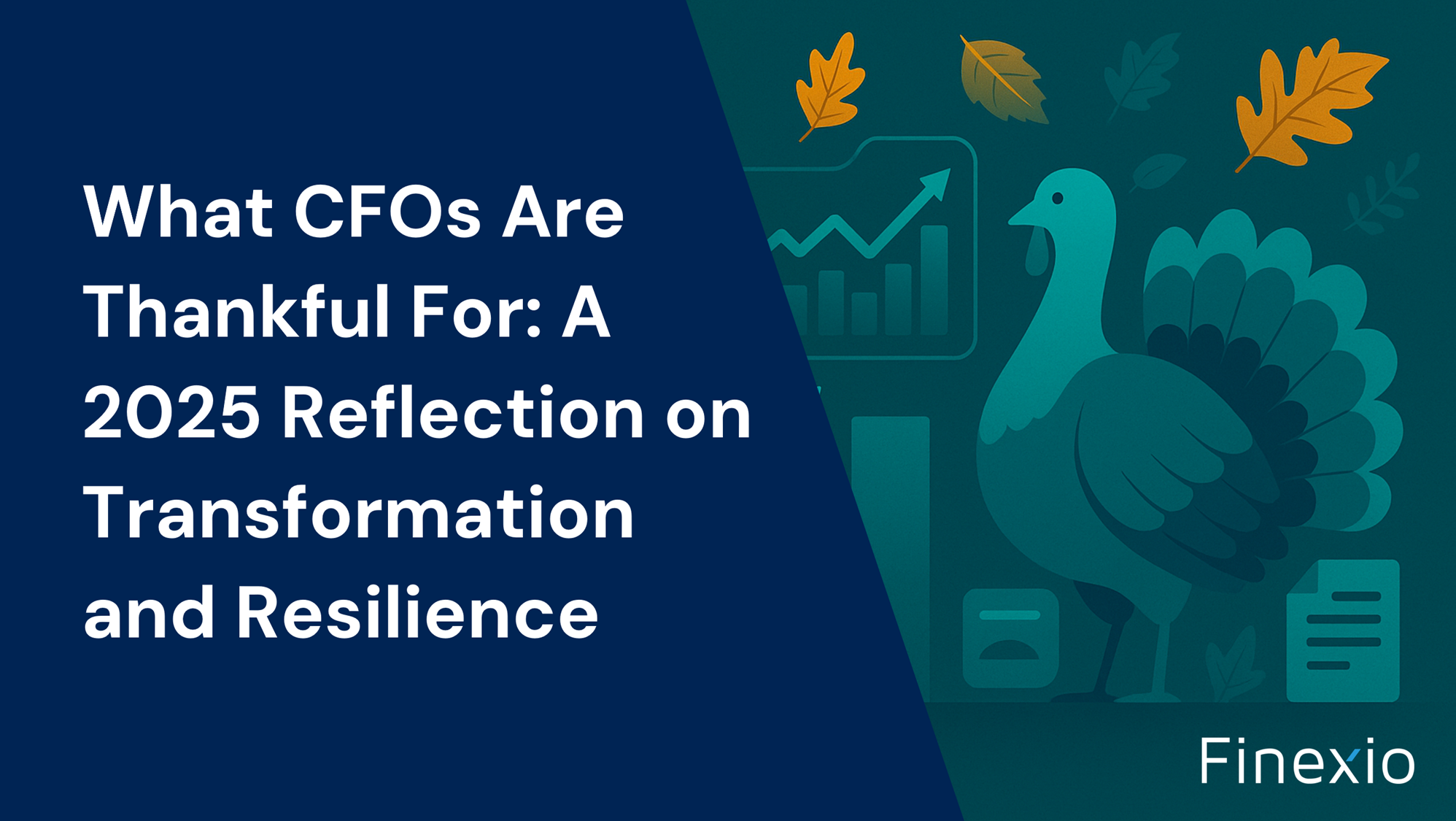What Goes Wrong in Education Payment Automation


Introduction
Education payment automation sounds like a perfect fix. Less paperwork, faster payments, fewer chances for human error. But most schools and universities don’t see that kind of smooth result right away. Why? Because automating something doesn’t mean it runs better. It just means mistakes happen differently.
For finance leaders in education—whether at a school district, university, or academic foundation—the promises of automation can get tangled up in old tools, incomplete strategies, and complicated approval chains. Getting it right requires more than new software. It takes alignment, visibility, and realistic expectations.
Let’s look at where things often go wrong and what we should pay closer attention to when building or expanding automated payment systems.
Understanding Fragmented Systems in Education
One of the toughest problems shows up before payments are even made: disconnected systems. Many education institutions are using a patchwork of older ERP platforms, clunky procurement tools, and extra spreadsheets to fill gaps. These don’t always play nicely with accounts payable systems, and the result is a slow, error-prone mess.
Even when automation is introduced, it rarely replaces every step. We see half-manual approval chains, batch imports between tools, and two or three logs to reconcile one transaction. A big red flag is when two people think a payment has gone out—but the vendor still hasn’t been paid. That’s usually not a system error. It’s a connection error.
Schools in particular struggle with this. Layers of departments, funding approvals, and external partners make for complicated workflows. And when data can’t move cleanly from one system to the next, we lose time, miss early payment discounts, or expose ourselves to audit issues down the line.
Many modern AP payment platforms now allow education finance teams to integrate disparate legacy systems for better visibility, centralizing all transaction data in one secure dashboard.
Why Supplier Management Falls Apart
Education vendors come in all shapes. You’ve got textbook suppliers and software companies, yes. But there are also contracted tutors, lunch vendors, local maintenance crews, and scholarship organizations. They don’t all want the same process, timing, or payment method—and many won’t say anything if their preferences are getting ignored.
Without a strong loop between payment automation tools and vendor preferences, things get sloppy fast. We’ve seen cases where the same invoice gets paid twice, but the vendor receives nothing because their banking details were entered wrong and never confirmed. Or, worse, schools switch payment platforms and forget to notify small, deeply embedded vendors who never check portals.
Automation needs to walk the line between standardization and personalization. If platforms spit out one-size-fits-all instructions, vendors adapt poorly. If the tools aren’t set up to capture different wants and needs up front, those vendors are likely to drop away or issue complaints. Finance teams must lead that contact loop and help both sides stay aligned through process changes.
Some education payment automation platforms include digital supplier management portals, making it easy for vendors to enroll, update details, and receive real-time payment status updates—reducing risk of errors and boosting responsiveness.
Security Risks Lurking Behind the Scenes
School districts and universities often make easy targets for fraud. Not because they’re careless, but because they rely on long approval chains and don’t always have strong IT support for finance systems. That creates windows where trouble hides.
Something as small as a changed routing number can lead to thousands going to the wrong place. If the payment automation platform isn’t checking for fraud patterns or tracking invoice history closely, we’re blind to small shifts that build into bigger problems.
When approvals stop flowing through secure, visible channels—say, because someone forwarded an invoice to their personal email and approved it there—oversight breaks. We’ve seen examples where payments went to lookalike vendors, or routing forms were accepted without secondary checks. Without AI-driven review and smart alerts, these issues can linger for weeks before anyone spots them.
Automation doesn’t make fraud go away. It just changes where and how we look. With the right tools and habits, warning signs can show earlier. But without them, we risk scaling blind spots with every new process we automate.
The most secure payment automation tools for education include embedded AI risk analytics, automatically flagging suspicious routing and vendor data changes and providing clear audit trails to finance leads.
Forecasting and Budget Planning Gaps
Another place where automation trips up is in long-term planning. Most education institutions still work from static budgets created once or twice a year. These plans don’t move fast enough to keep up with budget-impacting changes—like fast-growing enrollments, contract shifts, or new program launches.
When payment data lives in disconnected or outdated systems, forecasting misses the trends forming right underfoot. That spike in classroom supply costs tied to a new district policy? Finance may not react until after it’s already cut into reserves. That expected invoice from a construction contractor? It may not show up where it needs to until someone manually copies it over.
Education payment automation tools work best when they’re paired with real-time analytics. If overlooked, payment cycles stay reactive, not predictive. And that makes it harder to explain variances to leadership or adjust funding models mid-year. Schools need to build automation that doesn’t just push money out faster, but learns and adapts over time through better visibility.
Some advanced automation systems for education now provide live budget dashboards with payment tracking, enabling faster, data-informed adjustments and better forecasting across departments.
Staying Proactive in the Push for Efficiency
The faster we try to move, the more we need to keep our footing. Automation brings speed, but it also raises the stakes. A wrong payment can go out faster. A missing vendor record can break more often when requests scale.
What we’ve learned is that automation in education payments needs structure and oversight. That means investing time upfront to clean up processes, build better approval trees, and connect systems that don’t speak to each other on their own. It also means using tools that give finance teams clear views—not just into transactions, but into who’s doing what, when, and where friction builds.
Improving supplier responsiveness is one of the easiest first steps. Building better feedback loops around delivery times, preferred payment formats, and dispute resolution makes a big difference when scaling. So does making sure procurement, IT, and finance stay in lockstep as systems evolve.
Automation shouldn't mean surrendering control. The goal is to move smarter, not just faster. When finance teams keep visibility at the center, they’re more likely to catch issues early, avoid repeat mistakes, and build confidence—internally and externally—in how payments are handled. That’s how we make automation a help, not a headache.
For education finance teams working to reduce inefficiencies, build better vendor relationships, and strengthen oversight, the right foundation matters. At Finexio, we simplify each step of education payment automation through structured connections, real-time insights, and secure payment flows that support smarter decisions across the board.
Get the free Newsletter
Get the latest information on all things related to B2B and electronic payments delivered straight to your inbox.




